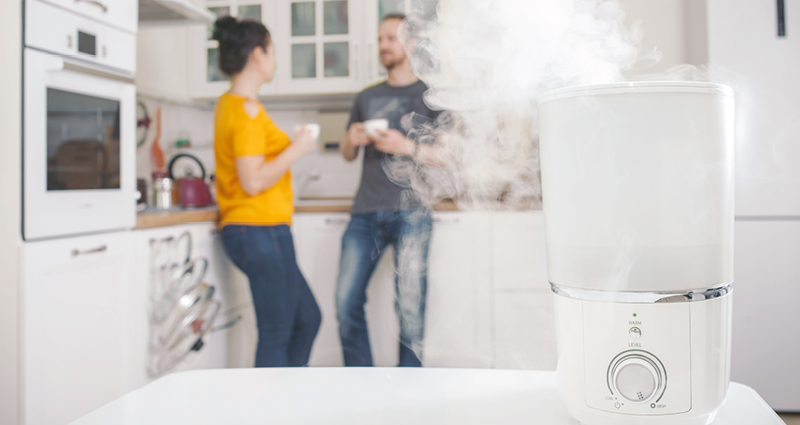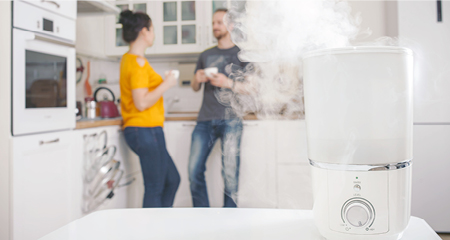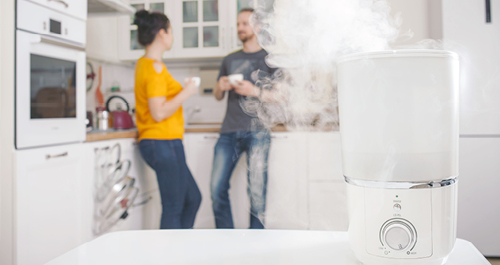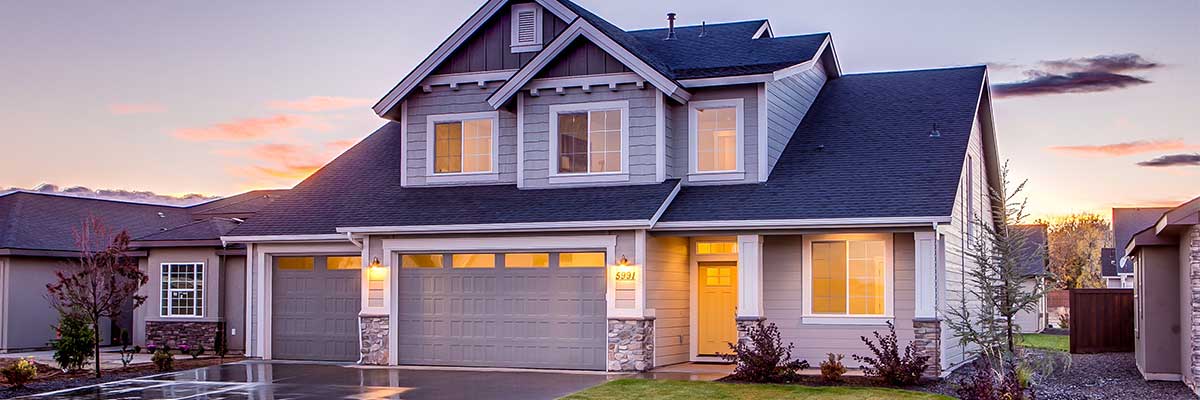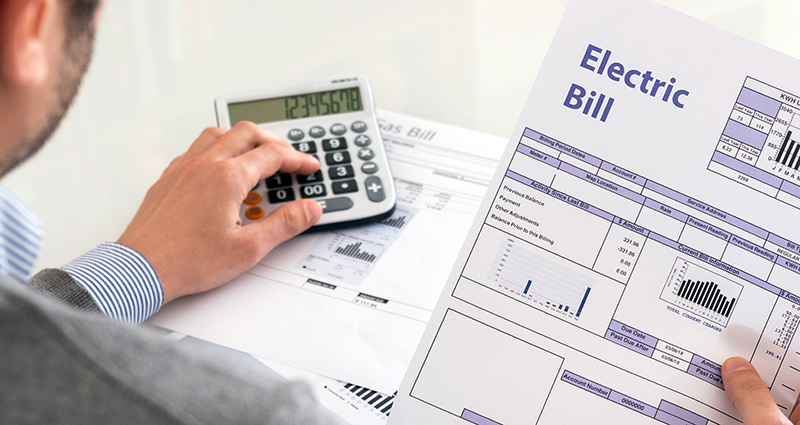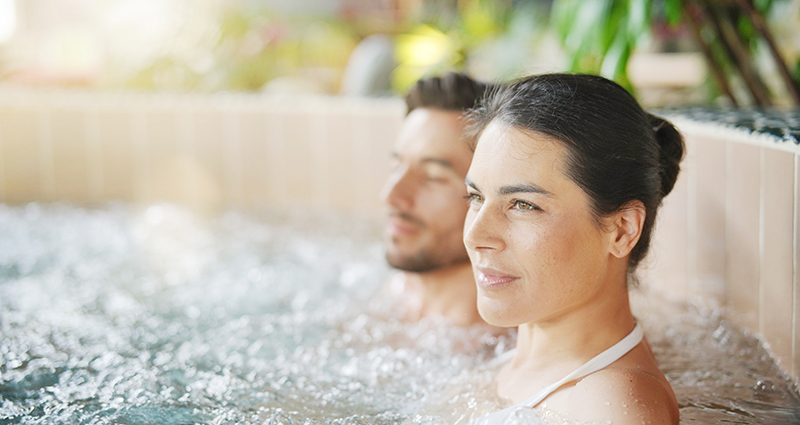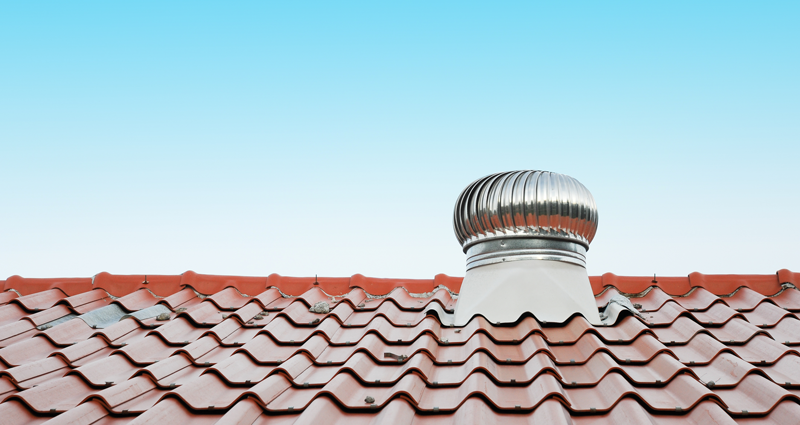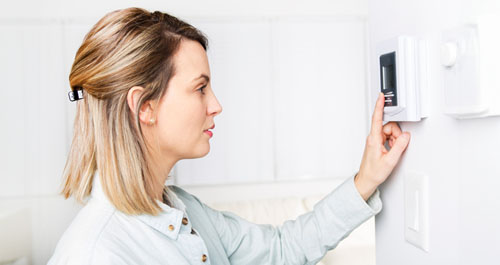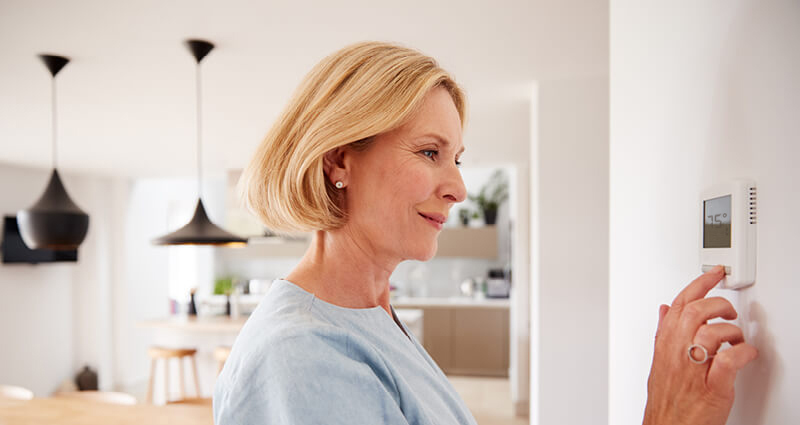Calculating humidifier wattage
To help you understand basic electrical consumption calculations, you’ll need to keep a simple equation in mind: Volts (V) x Amperes (I) = Watts (W). What you’ll discover is how even small appliances can contribute to your home’s energy usage and how these little conveniences can make big differences in your bill.
How do humidifiers work?
There are 3 primary methods your average portable humidifier uses to move water into the air:
- Ultrasonic humidifiers use a small metal or ceramic diaphragm that oscillates at an ultrasonic frequency to splash the water into tiny droplets that make a very fine mist. This mist is then blown from the humidifier with a small fan. While ultrasonic humidifiers can put out enough mist to humidify a medium-sized (500 sq. ft.) room, most models on the market are sized to work in bedrooms.
- Cool mist humidifiers work in 2 ways: 1) blowing dry room air across wet-wicking material to evaporate moisture into the air, and 2) impeller humidifiers use a rotating disc to fling water at a diffuser that breaks up the droplets into a mist, and a fan incorporated into the rotating disk blows the mist out. Both kinds of humidifiers involve few components, so they tend to be very inexpensive. About half of all portable humidifiers sold in the US are the cool mist kind.
- Warm mist humidifiers heat water into steam. Making steam uses more energy than ultrasonic or cool mist humidifiers.
What else do I need to know about humidifiers?
Humidifier efficiency
The higher the output of water into the air, the more efficient the humidifier. Therefore, efficiency is the energy, in watt-hours, required to emit a gallon (or liter) of water into the air. Since both cool mist and ultrasonic humidifiers incorporate fans, they are much better at filling room space more quickly.
Room size
While air technically occupies 3-dimensional areas measured in cubic feet, it’s easier for people to understand their home’s room sizes in square footage.
Standby mode
Most humidifiers with convenient electronic controls (timers, humidity sensors, stored presets) will use some standby or “vampire” power. For example, one common feature of many humidifiers is a “standby mode” once the supply tank runs out of water or the desired humidity level in the room is reached. This leaves the humidifier “on” even though it is not running, which uses a certain amount of electricity just waiting. Depending on the controls, turning the unit completely off or unplugging it when you leave the room or leave home will reduce its energy usage.
Comparing humidifier electricity usage
Before we begin, gallons/hour reflect gallons of water evaporated during full runtime. For comparison reference, decimal amounts break down:
- 1 gallon= 1.00
- 1 quart = .25
- 1 pint = .125
- 1 cup = .0626
Let’s check out these 3 models:
- The Honeywell HCM-350 cool mist humidifier uses a wicking method. It moves 1.1 gallons (4.2 liters) output per 24 hours (.045 gallons/hour) covering 500 sq. ft. It uses about 60 watts.
- The Vicks VMW845 Warm Mist Humidifier will steam 1 gallon (3.78541 liters) into the air in about 24 hours (.041 gallons/hour), covering roughly 1,000 sq. ft.
- The TaoTronics Ultrasonic Humidifier Cool Mist TT-AH001 moves 1.05 gallons (4 liters) into the air during a run-time of 15 hours (.07 gallons/hour), covering 538 sq ft. It uses 30 watts.
Even though the VMW845 moves .041 gallons into the air/hour, roughly the same volume as the Honeywell HCM-350, it uses much more energy because it heats the water. So in the spirit of being energy-efficient, we aren’t going to analyze this model further.
Both the Honeywell HCM-350 and the TaoTronics TT-AH001 can cover around 500 sq. ft. Both deliver roughly the same volume of mist; the former makes .083 gallons/hour, while the latter creates .07 gallons/hour. But while you might just get a sliver of mist faster with the HCM-350, you’ll use 20 watts more than the TaoTronics TT-AH001.
Assuming 10¢ per Kilowatt-hour (kWh), the costs over 3 months stack up this way:
- Honeywell HCM-350: 50 watts x 10 hours/day= 500 watt-hours. 500 Wh x 90 days = 45,000 Wh (45 kWh) x .10/kWh (cost) = $4.50/ 3 months
- TaoTronics TT-AH001: 30 watts x 10 hours/day= 300 watt-hours. 300 Wh x 90 days = 27,000 Wh (27 kWh) x .10/kWh (cost) = $2.70/ 3 months.
The ultrasonic is cheaper to run. If you need it to run longer than 3 months out of the year, the savings difference could grow larger.
Deciding which humidifier is right for you
Different humidifier types have specific benefits. For example, cool mist and ultrasonic humidifiers need to be cleaned frequently to prevent mold or bacterial growth – which you don’t want to be misted into the air you breathe. Warm mist types (like the aforementioned Vicks V750) are better at killing off mold and bacteria because they heat the water – but they also use much more energy.
It’s also important to keep in mind the impact a humidifier could have on your heating and cooling costs. If a humidifier makes your home feel more comfortable so that you don’t need to heat it or cool it as much, it could have a net-positive impact on your energy bill. Additionally, battery-powered humidifiers can be a good option if you’re only concerned about 1 room in your home, as is often the case in a nursery.
While it’s important to pay attention to energy costs as you shop for a humidifier, remember that in most cases you’re looking for a solution to a health problem. It’s important to begin by identifying your needs and selecting the type of humidifier to best address them and then compare the efficiency of different models.























